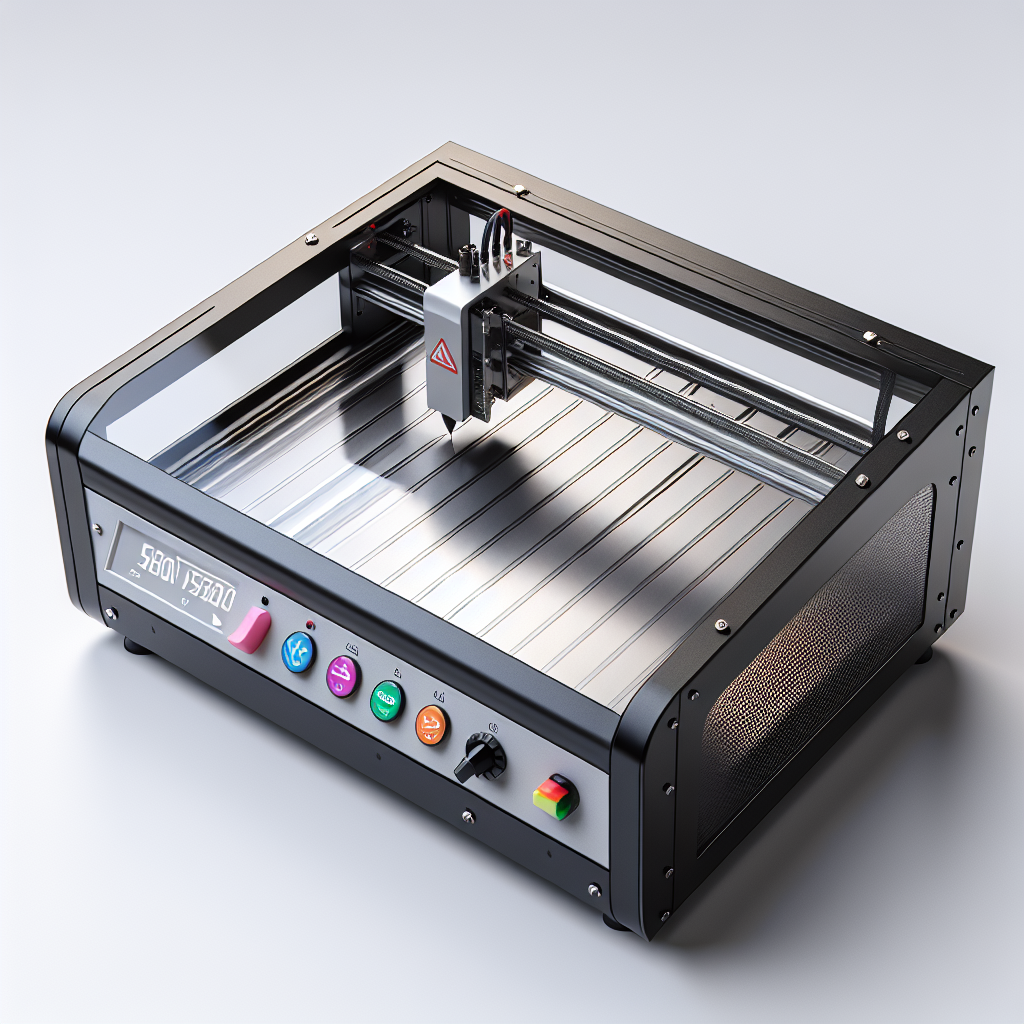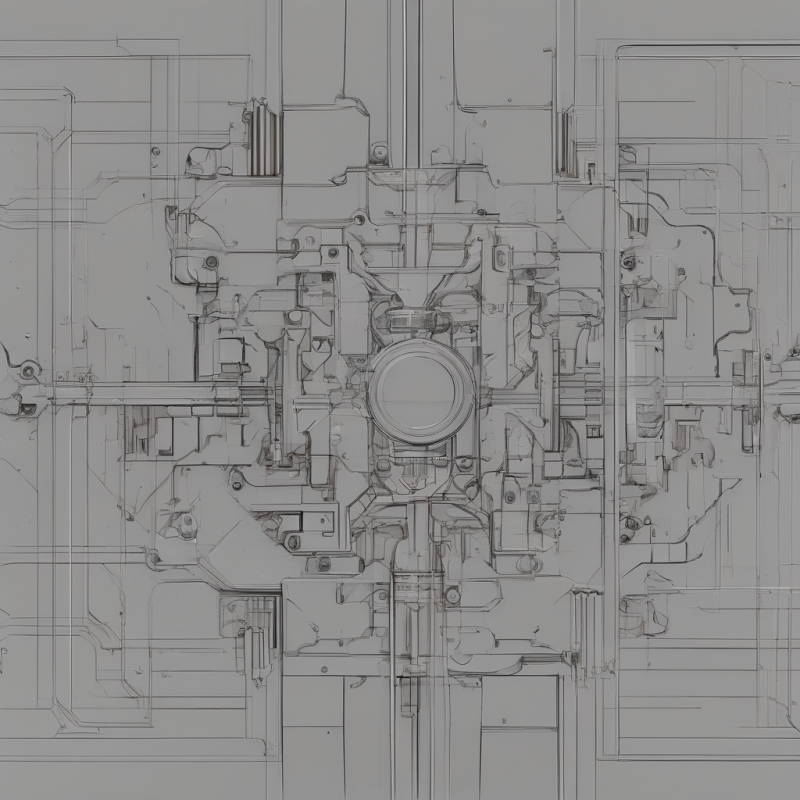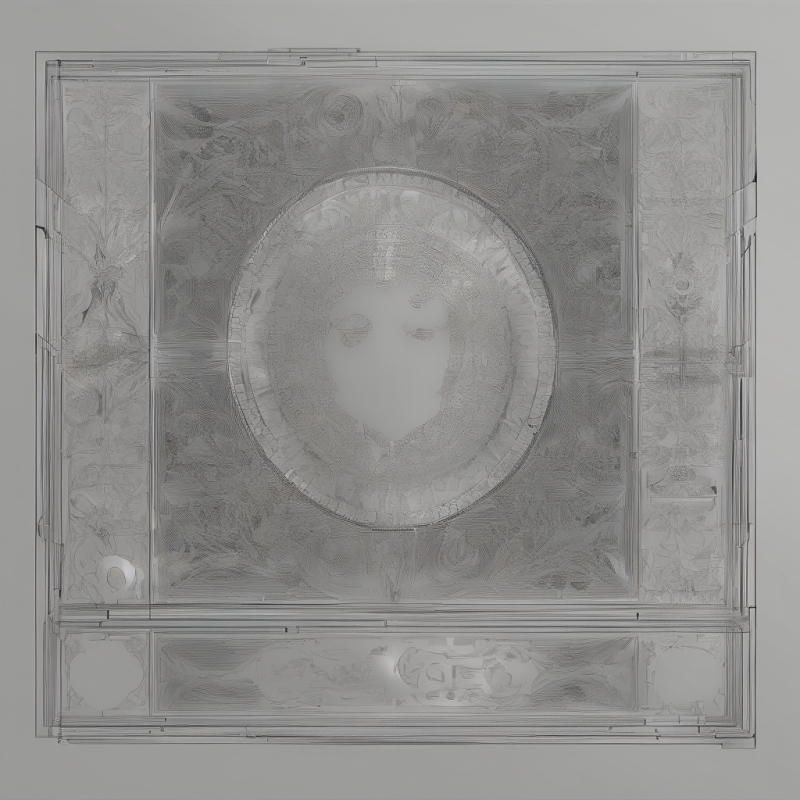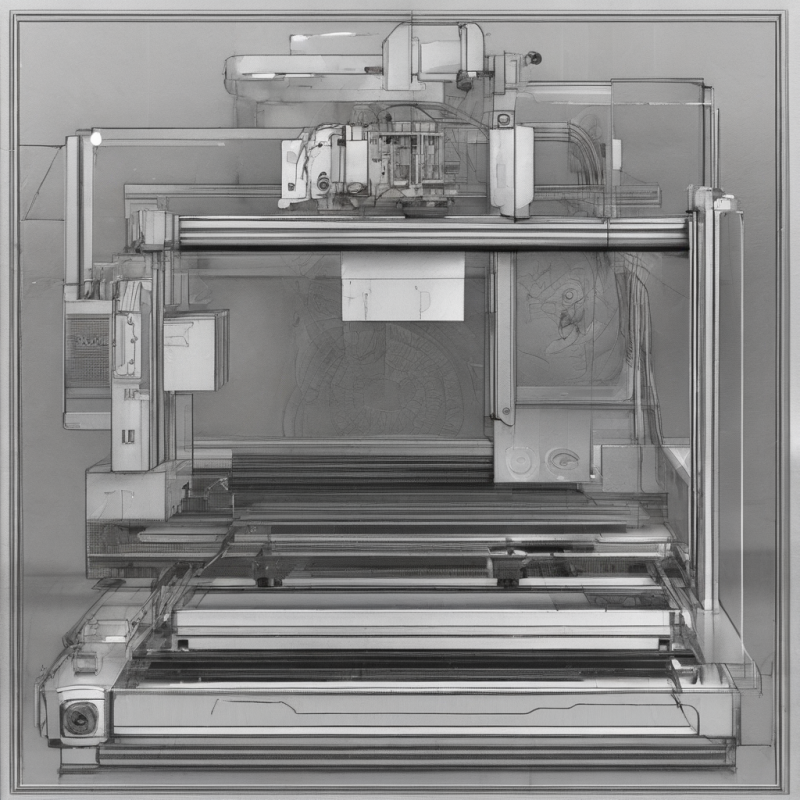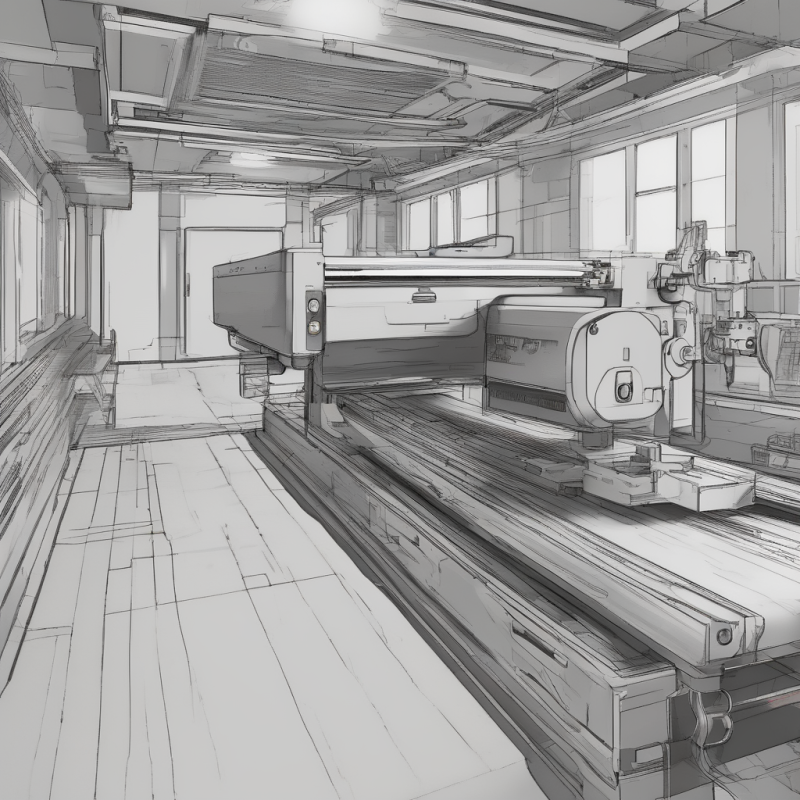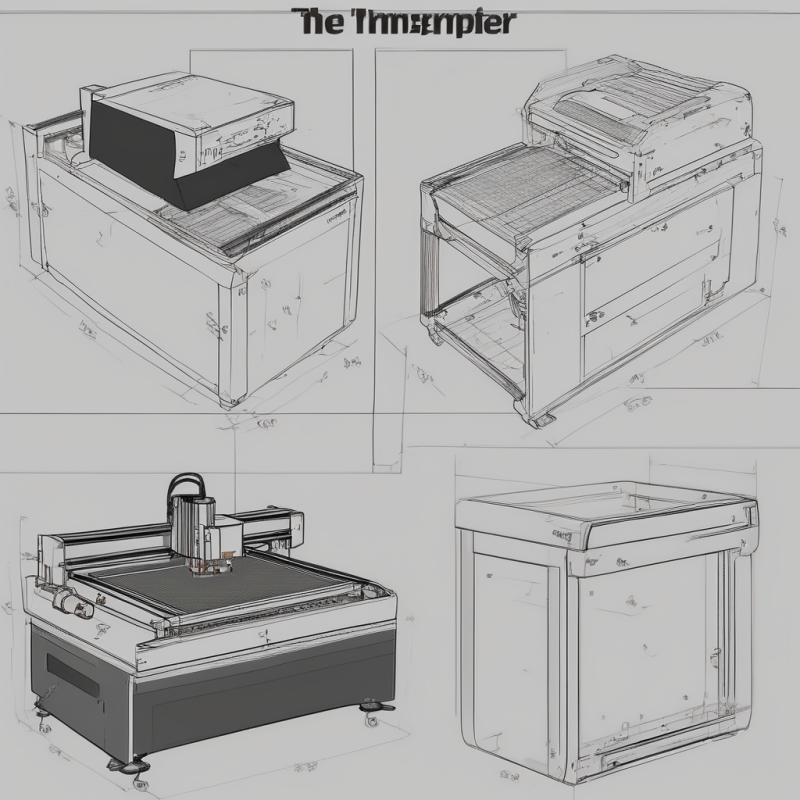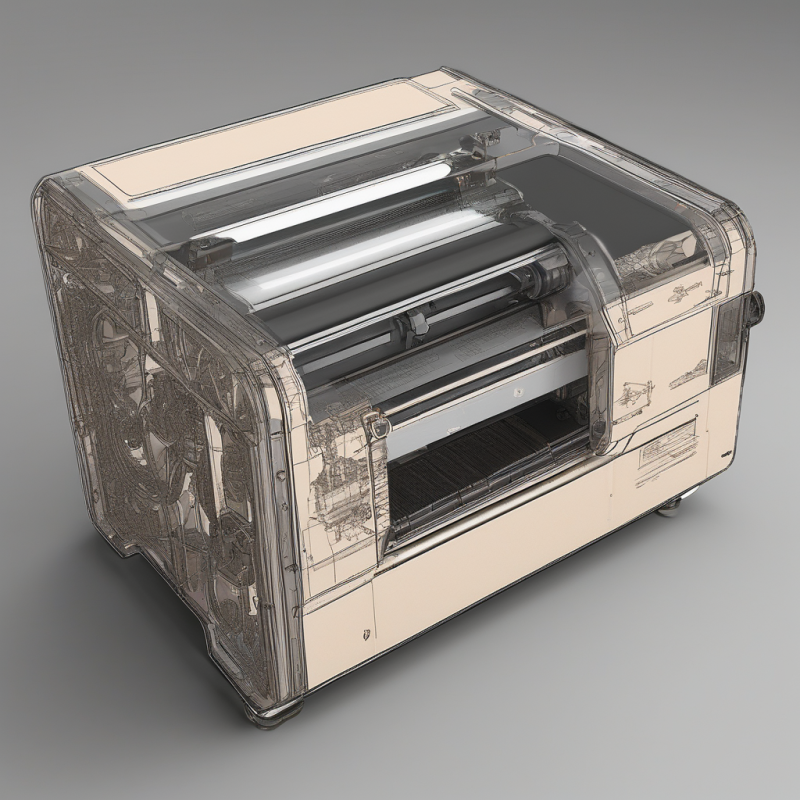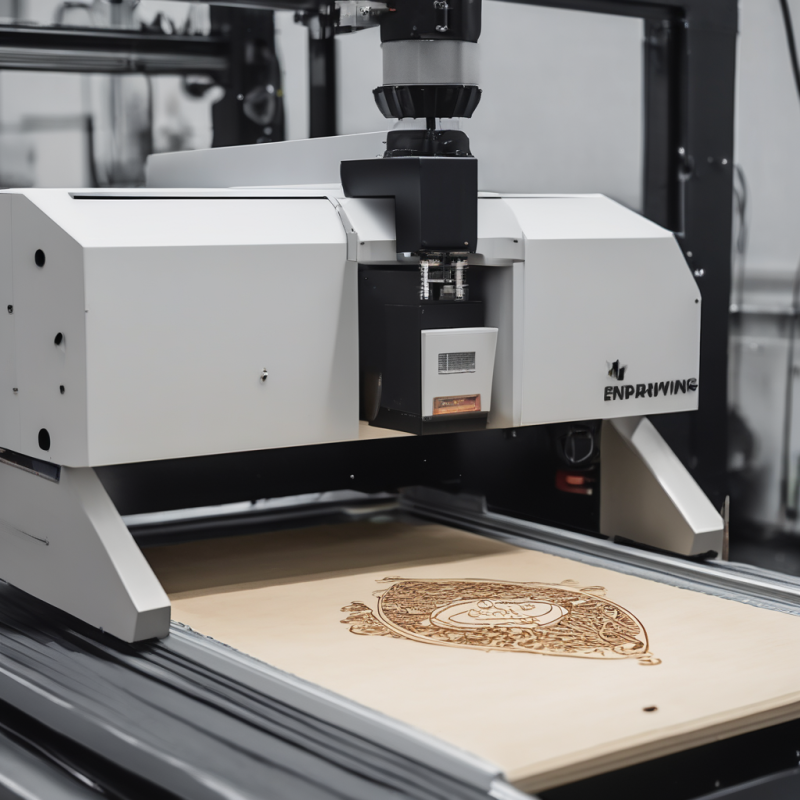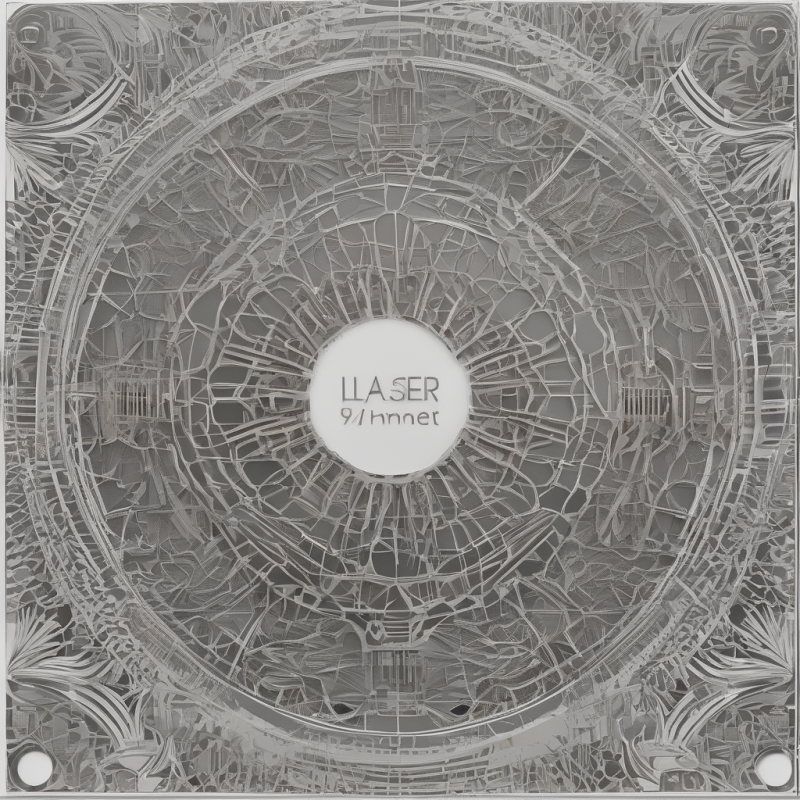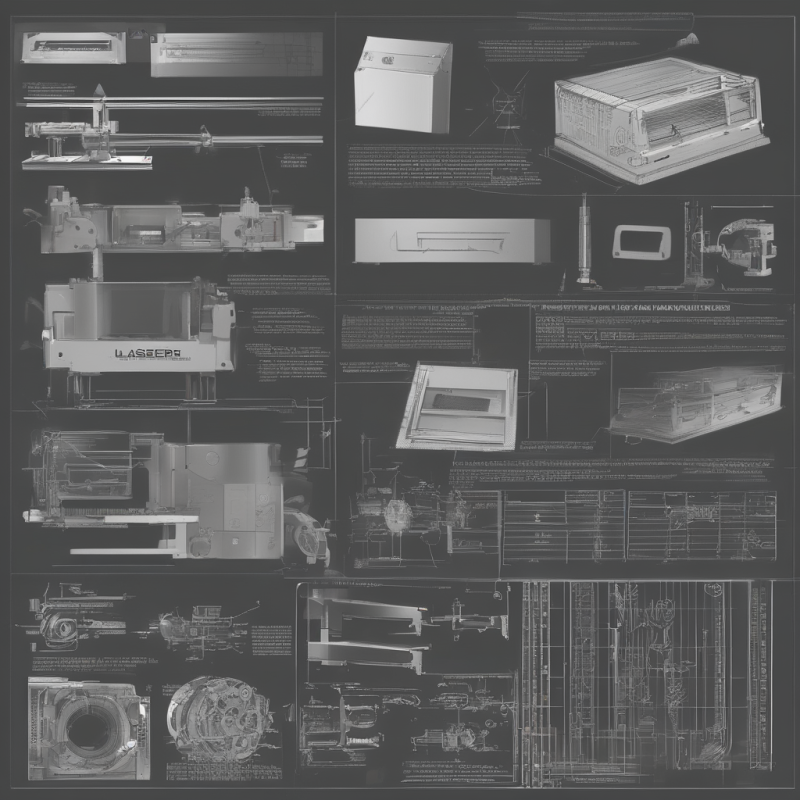Exploring Laser Engraving Materials for Your CO2 Laser Engraver
Laser engraving has become a popular method for creating intricate designs, patterns, and markings on various materials. With the rise of laser engraver materials, hobbyists, artisans, and professionals alike are discovering new ways to bring their creative visions to life. Whether you’re working on a small-scale project or industrial-level production, understanding the best materials for your CO2 laser engraver is essential to achieving optimal results. In this article, we’ll explore the most common laser engraving materials, their properties, and how to choose the right one for your needs.
Understanding Laser Engraving
Laser engraving works by directing a focused beam of light onto a material’s surface, creating precise etchings or cuts. The process relies on the interaction between the laser and the material, which can vary depending on factors like thickness, density, and thermal properties. When selecting materials for your laser engraver, it’s crucial to consider these variables to ensure the best possible outcome.
What makes a material suitable for laser engraving? Ideal materials should have consistent density and thermal conductivity, allowing the laser beam to penetrate evenly. They should also be able to withstand high temperatures without warping or cracking. Additionally, some materials may require specific settings or adjustments on your laser engraver to achieve the desired effect.
Laser engraving is versatile, with a wide range of materials compatible with CO2 lasers. Here are some of the most popular options:
- Wood: Wood remains one of the most common materials for laser engraving due to its natural beauty and ease of use. The laser burns away the surface layer, revealing a lighter color beneath. This effect is particularly striking on darker woods like walnut or mahogany.
- Acrylic: Acrylic, also known as PMMA, is a popular choice for creating vibrant, colorful designs. When engraved, it produces smooth, shiny edges that reflect light beautifully, making it ideal for signage and decorative items.
- Metal: While metals are generally more challenging to engrave due to their high thermal conductivity, certain types like stainless steel and aluminum can be laser-engraved with the right settings. Metal engravings are often used for creating durable and components.
- Glass: Glass is a unique material that requires careful handling during laser engraving. The process involves scoring the surface to create patterns or text, which can then be polished for a frosted finish.
- Ceramics: Ceramics are another challenging but rewarding material for laser engraving. They require lower power settings and longer exposure times, but they offer a timeless, elegant finish that’s perfect for decorative items.
Which of these materials is your favorite to work with?
Choosing the Right Material for Your Project
Selecting the right material for your laser engraving project depends on several factors, including your desired outcome, budget, and available equipment. Here are some tips to help you make an informed decision:
- Budget: Consider the cost of the material relative to your project’s scale. While acrylic and wood are relatively affordable, metals and glass may be more expensive depending on their quality and thickness.
- Durability: If you’re creating items meant for long-term use, like signs or jewelry, choose materials that can withstand wear and tear, such as stainless steel or ceramic.
- Aesthetics: Think about the visual impact you want to achieve. Acrylics offer vibrant colors, while wood provides a natural, rustic look. Metal engravings often have a sleek, modern appearance.
- Engraving Depth: Some materials allow for deeper engraving than others. For example, wood can handle intricate details and deep cuts, whereas glass may only support shallow etching.
Have you ever faced challenges when choosing the right material for a project?
Safety Considerations When Working with Laser Engraving Materials
While laser engraving is a safe and efficient process, there are several safety considerations to keep in mind. Always follow your machine’s operating instructions and take precautions when handling materials and laser beams.
- Ventilation: Laser engraving can produce fumes, especially when working with plastics or treated woods. Ensure your workspace is well-ventilated or use a fume extraction system to avoid inhaling harmful particles.
- Eyewear: Never look directly at the laser beam without proper eye protection. Invest in high-quality safety glasses designed for laser work to protect against potential damage.
- Material Preparations: Always clean and dry your materials before engraving to ensure optimal results. Contaminants like oil or dust can interfere with the laser’s performance and reduce the quality of your engravings.
Do you have any tips for ensuring a safe laser engraving process?
Tips for Achieving Perfect Engravings
To get the most out of your laser engraving projects, here are some additional tips:
- Test First: Always test your settings on a small piece of material before starting a large-scale project. This will help you fine-tune parameters like power, speed, and focus to achieve the desired results.
- Use Proper Fixtures: Secure your materials firmly in place during engraving to prevent movement or misalignment. This is especially important for delicate materials like glass or thin sheets of metal.
- Clean Up: After engraving, clean the surface to remove any residue or debris. For acrylics and metals, a simple wipe with a damp cloth should suffice, while wood may require sanding to smooth out rough edges.
What techniques do you use to achieve flawless engravings?
Laser engraving is a versatile and exciting art form that allows for endless creative possibilities. By understanding the properties of different materials and taking necessary safety precautions, you can unlock your full potential as a laser engraver. Whether you’re working with wood, acrylic, metal, or glass, the key to success lies in experimentation, patience, and attention to detail.
If you’re looking to expand your skills or explore new materials, consider checking out resources from manufacturers like , which offers a range of high-quality laser engraving equipment and accessories. With the right tools and knowledge, you can bring your artistic vision to life and create stunning, durable pieces that stand the test of time.
We hope this guide has been helpful! What’s your go-to material for laser engraving?

